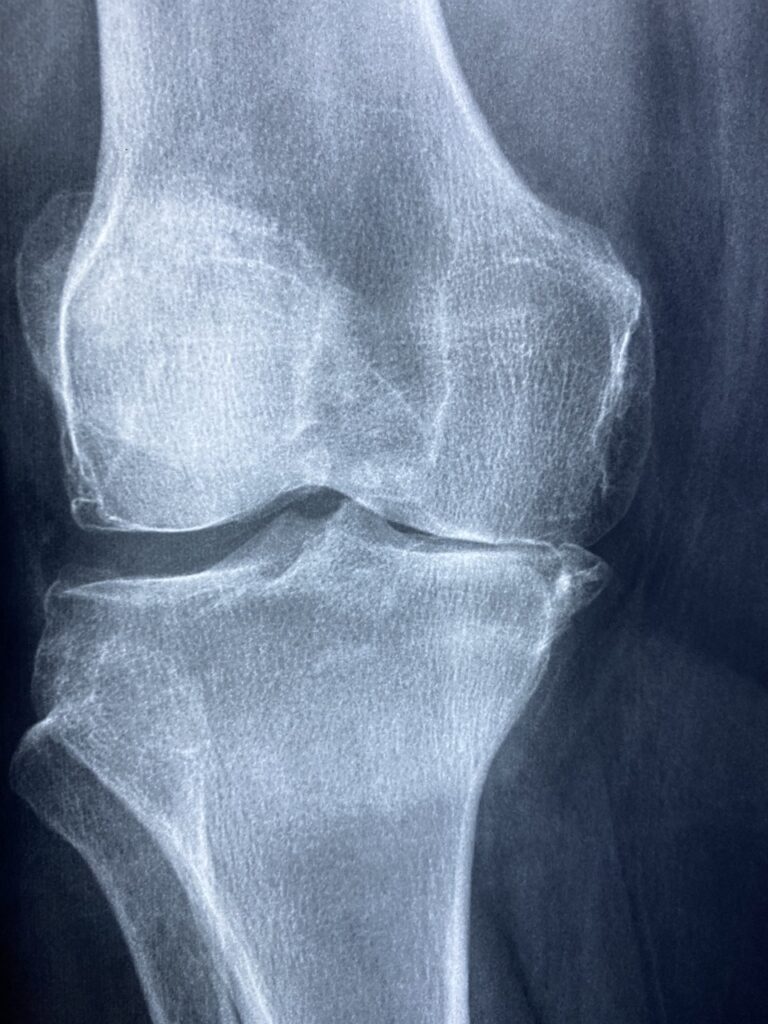What is Altitude Headache?
Altitude headache, also known as high-altitude headache or mountain sickness, is a common symptom experienced by individuals traveling to high-altitude locations, typically above 2,500 meters (8,000 feet). It is considered one of the mildest forms of altitude sickness but can still cause discomfort and affect enjoyment during travel or outdoor activities at high altitudes.
Types of Altitude Headache
Altitude headache can present in various forms:
- Acute Altitude Headache: This type of headache typically develops within the first 24 to 48 hours of arrival at high altitude and may resolve on its own as the body acclimatizes.
- Chronic Altitude Headache: In some cases, altitude headache may persist or recur over several days, becoming a chronic issue for individuals spending extended periods at high altitude.
Symptoms of Altitude Headache
Altitude headache is characterized by:
- Headache, typically throbbing or pulsating in nature
- Pain located in the front or sides of the head
- Mild to moderate intensity
- Worsening with movement or physical exertion
- Possible accompanying symptoms such as nausea, dizziness, or fatigue
Causes of Altitude Headache
The exact cause of altitude headache is not fully understood, but it is believed to be related to changes in atmospheric pressure, decreased oxygen levels, and alterations in blood flow to the brain that occur at high altitudes. Factors that may contribute to altitude headache include:
- Rapid ascent to high altitude without adequate acclimatization
- Individual susceptibility to altitude sickness
- Dehydration
- Physical exertion at high altitude
- Pre-existing medical conditions or medications that may increase the risk of altitude sickness
Risk Factors for Altitude Headache
Certain factors may increase the risk of developing altitude headache:
- Rapid ascent: Climbing or flying to high altitude without allowing time for acclimatization increases the risk of altitude sickness, including altitude headache.
- Personal susceptibility: Some individuals may be more prone to altitude sickness than others, regardless of their fitness level or prior altitude experience.
- History of altitude sickness: Individuals who have experienced altitude sickness in the past are more likely to develop symptoms again during future trips to high altitude.
- Altitude and duration of exposure: The risk of altitude headache increases with higher altitudes and longer durations spent at altitude.
Diagnosis of Altitude Headache
Diagnosing altitude headache is typically based on a combination of:
- Medical history, including recent travel to high-altitude locations
- Physical examination, including assessment of vital signs and neurological symptoms
- Evaluation of symptoms such as headache, nausea, and dizziness
- Exclusion of other potential causes of headache, such as migraine or tension headache
Pharmacological Treatment of Altitude Headache
Treatment for altitude headache may include:
- Analgesic medications: Over-the-counter pain relievers such as ibuprofen or acetaminophen may help alleviate headache symptoms.
- Anti-nausea medications: If nausea is present, medications such as dimenhydrinate or ondansetron may provide relief.
- Medications for altitude sickness: In severe cases of altitude sickness, prescription medications such as acetazolamide or dexamethasone may be used to reduce symptoms and promote acclimatization.
Non-Pharmacological Treatment of Altitude Headache
Non-pharmacological strategies to manage altitude headache include:
- Rest: Taking breaks and allowing time for rest and recovery can help alleviate headache symptoms.
- Hydration: Drinking plenty of fluids, particularly water, can help prevent dehydration, which may exacerbate altitude sickness symptoms.
- Descending to lower altitude: If symptoms persist or worsen despite conservative measures, descending to a lower altitude may be necessary to alleviate symptoms and promote recovery.
- Oxygen therapy: In severe cases of altitude sickness, supplemental oxygen may be administered to increase oxygen levels in the blood and alleviate symptoms.
Conclusion
Altitude headache is a common symptom experienced by individuals traveling to high-altitude locations and is characterized by headache, nausea, and other symptoms related to changes in atmospheric pressure and oxygen levels. While altitude headache is typically mild and self-limiting, it can be uncomfortable and affect enjoyment during travel or outdoor activities at high altitude. Preventive measures such as gradual ascent, adequate hydration, and rest can help reduce the risk of altitude headache. If symptoms persist or worsen, medical evaluation and treatment may be necessary to alleviate symptoms and prevent complications associated with altitude sickness.




